Bridges That Broke: The Hidden Dangers Behind the World’s Most Tragic Collapses
Bridges symbolize human ambition — feats of engineering that span rivers, valleys, and divides, promising connection and progress. Yet beneath their towering steel and concrete, silent dangers often lurk — tiny flaws, ignored warnings, and compromises that can turn these marvels into deadly traps.
When these bridges failed, they didn’t just fall; they shattered lives, trust, and legacies in an instant. Here’s a sobering journey through some of history’s most devastating bridge disasters, moments when pride crumbled alongside the structure.

The St. Lawrence Tragedy: When Ambition Collapsed
In the final stages of construction, warning signs surfaced — structural distortions that foreshadowed disaster. Despite years of effort, the south arm and part of the central span gave way suddenly, plunging into the icy St. Lawrence River in just 15 seconds. Of the 86 workers present, 75 perished in the blink of an eye, casting a dark shadow over the project’s legacy.
The Second Bridge’s Fall: History’s Haunting Repeat
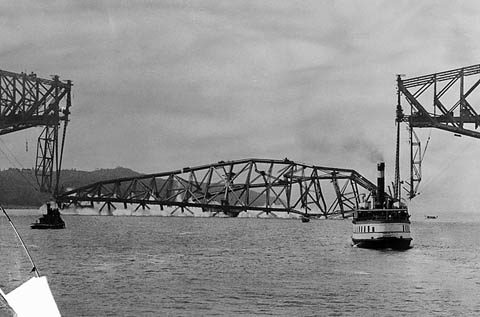
After a Royal Commission’s inquiry, efforts resumed, only for fate to strike again. On September 11, 1916, the central span toppled during installation, claiming 13 more lives — a grim echo underscoring the cost of engineering overreach.
December 15, 1967 — Silver Bridge, USA
Rush hour turned catastrophic when the Silver Bridge fractured and fell into the Ohio River, killing 46. A microscopic defect in a critical eye-bar, worsened by decades of heavy use and poor upkeep, was the silent killer. Its successor, the Silver Memorial Bridge, stands as a quiet tribute to those lost.
May 9, 1980 — Sunshine Skyway Bridge, Florida

A stormy morning turned tragic when the freighter SS Summit Venture slammed into a support column, sending over a thousand feet of highway into Tampa Bay. Thirty-five people in cars and a bus fell 150 feet into the water, marking one of Florida’s darkest transport disasters.
June 28, 1983 — Mianus River Bridge, Connecticut
A sudden collapse sent vehicles plunging 70 feet into the river below, killing three. The culprit: failure in a crucial pin and hanger assembly — a small part with devastating consequences.
October 21, 1994 — Seongsu Bridge, Seoul, South Korea
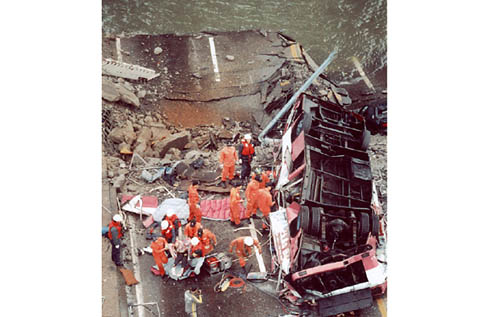
During rush hour, a 48-meter segment snapped, dropping cars into the Han River. Thirty-two died and seventeen were injured. Investigations revealed shoddy welding and cheap materials — welds that weren’t full thickness and poorly made pins, revealing negligence hidden beneath the steel.
January 4, 1999 — Rainbow Bridge, Sichuan, China
Barely three years old, the pedestrian Rainbow Bridge collapsed into the Qi River, killing 40 and injuring 14. Rust, weak concrete, and flawed welds exposed poor oversight and shoddy construction standards.

March 4, 2001 — Hintze Ribeiro Bridge, Portugal
In Entre-os-Rios, a steel-and-concrete bridge gave way beneath passing traffic, killing 70. Years of neglected wear and structural deterioration proved fatal.
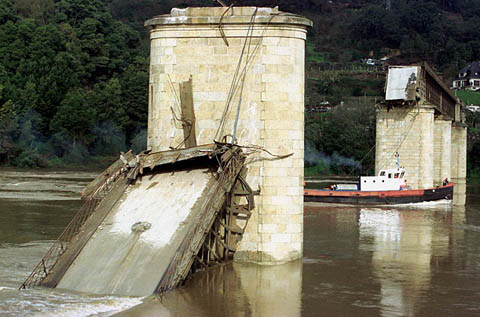
August 28, 2003 — Daman Bridge, India
Monsoon rains unleashed tragedy as a school bus, vehicles, and pedestrians plunged into a swollen river, taking at least 25 lives — 23 of them children. Nature’s fury exposed fragile infrastructure.
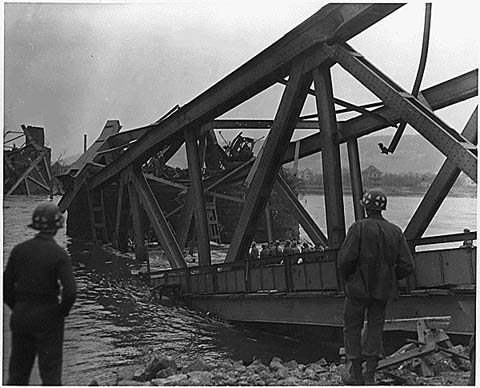
November 7, 2005 — Almuñécar, Spain
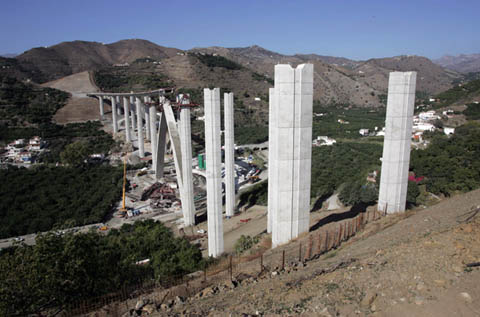
During construction, a 20-ton motorway viaduct section collapsed from faulty lifting and unstable scaffolding, killing six workers and shaking industry confidence.
December 2, 2006 — Bhagalpur, India
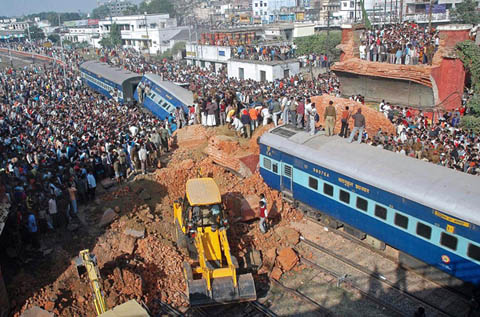
A 150-year-old bridge being dismantled collapsed onto a passing train, killing 33. The disaster raised urgent questions about demolition safety and oversight.
August 1, 2007 — I-35W Bridge, Minneapolis, USA
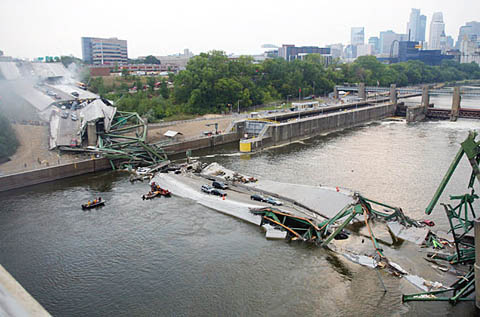
In rush hour chaos, the I-35W Bridge plummeted into the Mississippi River, killing 13 and injuring about 100. A deadly cocktail of design flaws and overloaded construction work spelled disaster.
August 13, 2007 — Tuo River Bridge, Hunan, China
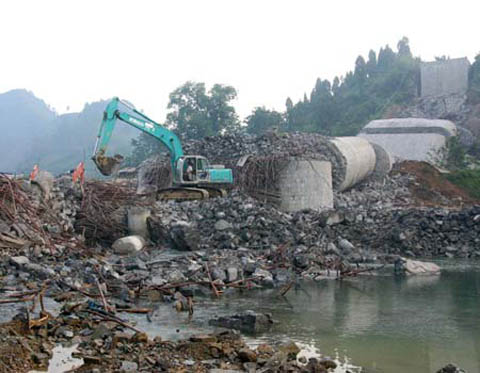
As workers removed scaffolding, a new 140-foot-high bridge suddenly collapsed. Though investigations are ongoing, early reports point to substandard materials and rushed construction.
A Sobering Reminder
From Canada’s icy rivers to Florida’s storm-battered bays, these tragedies reveal a stark truth: behind every collapse lies a web of human error, ignored signs, and material failure.
Bridges may connect us physically, but only relentless vigilance, engineering integrity, and respect for safety can keep them standing. These stories — carved in steel and sorrow — are lessons etched into the very foundations of progress.
